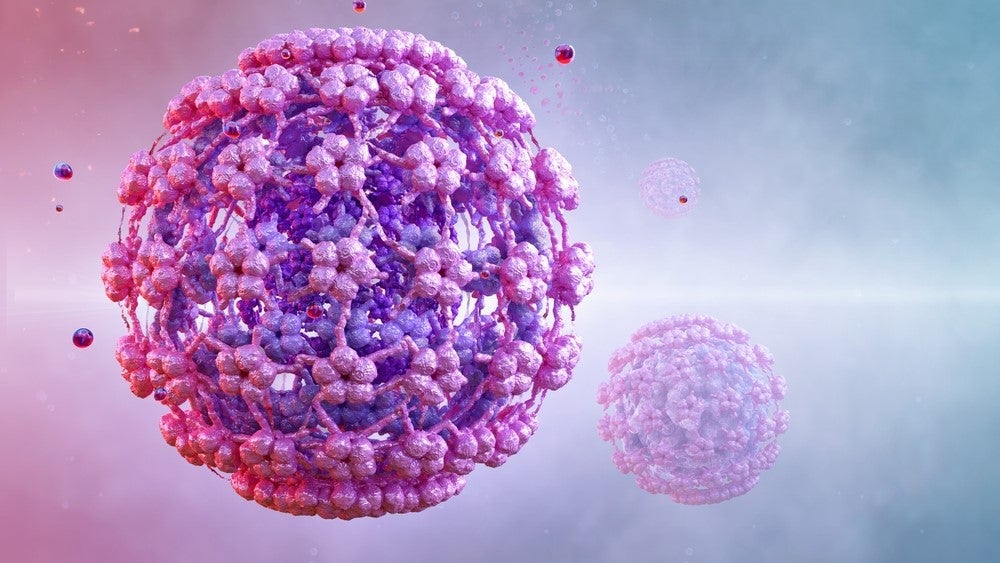Quark Pharmaceuticals has started dosing the first patient in a Phase IIa trial of its neuroprotective agent QPI-1007 when administered by single intravitreal (IVT) injection in patients suffering an acute attack of primary angle closure glaucoma (PACG).
The double-masked, randomised sham controlled trial is designed to assess the safety, tolerability and pharmacokinetics of QPI-1007 in these patients.
QPI-1007 is a siRNA designed to temporarily inhibit the expression of Caspase 2, a protein that has been shown to play a role in retinal ganglion cell (RGC) cell death.
At present, QPI-1007 is being investigated for treatment of non-arteritic ischemic optic neuropathy (NAION).
Quark recently completed a Phase I/IIa multicentre clinical trial in the US and Israel, which showed that a single intravitreal injection of QPI-1007 resulted in a neuroprotective effect in NAION patients.
See Also:
Around 60 patients with unilateral acute PACG (APACG) will be enrolled in the Phase IIa trial of QPI-1007, which is carried out in several centres in the US, Vietnam and Singapore.
How well do you really know your competitors?
Access the most comprehensive Company Profiles on the market, powered by GlobalData. Save hours of research. Gain competitive edge.

Thank you!
Your download email will arrive shortly
Not ready to buy yet? Download a free sample
We are confident about the unique quality of our Company Profiles. However, we want you to make the most beneficial decision for your business, so we offer a free sample that you can download by submitting the below form
By GlobalDataPatients participating in the trial will be randomised at a 1:1 ratio to receive 1.5mg IVT injection of QPI-1007 (active group) or sham injection (control group).
The primary objective of the trial is to evaluate the safety, tolerability and pharmacokinetics of QPI-1007 in subjects with acute primary angle-closure glaucoma.
In addition, the biological activity of the drug will also be studied by comparing the active group and control group study eyes at month four with respect to a series of visual function parameters.







